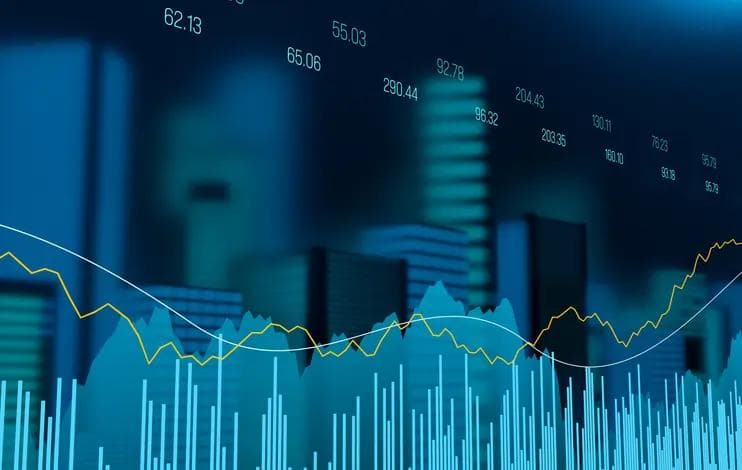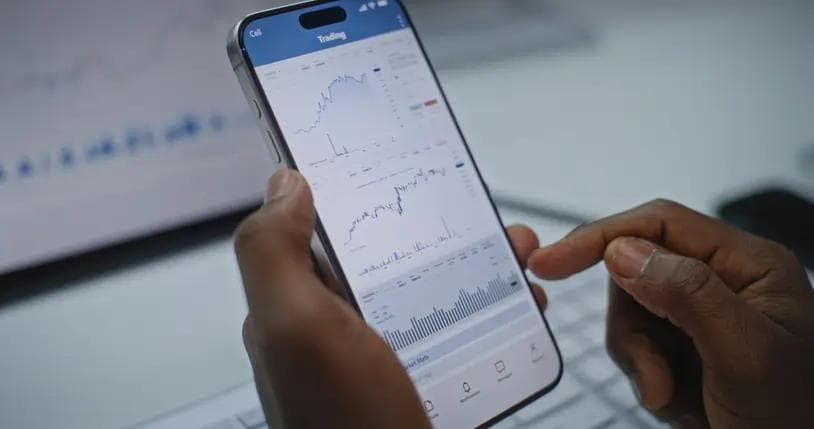‘Smart securities’ open access to the private markets
‘Smart securities’ open access to the private markets
Published by Gbaf News
Posted on August 31, 2019

Published by Gbaf News
Posted on August 31, 2019

By Frank Barbarino, Director, Templum Inc.
The technology underlying ‘smart securities’, or digitally-represented private, unregistered securities, has the potential to greatly enhance liquidity in secondary markets for private investments.Private markets have grown significantly in recent years, reaching $5.8 trillion in assets under management during 20181. The appeal of and increased institutional investor focus on private and alternative investments is echoed by the shift in capital formation from public markets toward private markets – in 2017, there was $3.0 trillion raised privately versus $1.5 trillion raised publicly2.
What’s truly notable about the growth of private asset investments is that it has been achieved without much technological infrastructure to support the primary issuance and secondary trading of these assets. The limited infrastructure that does exist around private assets is typically operationally inefficient and manually intensive. Furthermore, the private markets ecosystem is highly fragmented and often challenged by incomplete, siloed information and the potential for a significant degree of information asymmetries between buyers/sellers, GPs/LPs, investors/issuers, and various intermediaries.
Smart security technology provides a solution to many of the inherent inefficiencies of current private market infrastructure, thus facilitating liquidity and allowing for more dynamic investment strategies.
The catalysts behind ‘smart securities’
Institutional capital allocators (pensions, endowments, etc.) have been a driving force in the growth of the private markets, seeking out the strong absolute returns of these investments to help meet their return objectives. Over the past 20 years, endowments and foundations that allocated under 5% to private, unregistered investments achieved a gross portfolio-level annual average compound return of 6.4% while those that allocated over 15% achieved 8.2%3. Indeed, nearly all top-quartile performers among this group had at least a 15% allocation to private investments.3
Beyond the numbers, private investments provide myriad benefits to institutional capital allocators. They offer exposure to diversified global economic growth, high-growth companies, idiosyncratic or uncorrelated sources of alpha, and asset types not accessible through public markets. Private asset investments also give investors access to return premia associated with the illiquidity, complexity, and structuring risk of private deals. However, liquidity is generally sacrificed when investing in private assets and institutional capital allocators depend on liquidity for their spending needs, capital calls, tactical allocation, and portfolio rebalancing.
Private investments generally involve lengthy lockup periods and significant resale restrictions. These investments are illiquid not necessarily because of their fundamental attributes but more so because of the absence of a robust secondary private market infrastructure, which makes it challenging for a liquid secondary market to take hold. Current private markets infrastructure is conditioned ona manually intensive processes and the process to transfer ownership of private securities is time-consuming. Without standardization (including solutions such as CUSIP identifiers, which make securities electronically recognizable and tradable), the creation of a meaningful secondary market for private securities becomes almost unachievable.
Benefits for investors
In this context, the importance of ‘smart securities’ takes shape. A smart security is simply a digital representation of a security that is tracked via a distributed ledger. Digitization eliminates transactional frictions that have hampered the private markets investment ecosystem and kept private investments from actively trading on private secondary markets, as information is rendered in code and enforced automatically.
The use of “smart contracts” embedded in digital securities also has the potential to enhance the quality and speed of execution of private secondary market transactions. Smart contracts also lower costs; e.g., built-in transfer restrictions ease administrative burdens, cut settlement times from T+90 to potentially T+0, and reduce legal fees. Furthermore, the disclosure obligations around smart securities solve for the lack of transparency and information asymmetries currently typical among private market participants. Assets can be bought and sold far closer to fair value.
With the challenges of liquidity, transparency, and complexity more efficiently addressed, institutional investors can better customize risk exposures, more effectively conduct tactical allocation and rebalancing, and enhance portfolio construction.
1 – McKinsey, “Private Markets Come of Age” (2019)
2 – SEC Division of Economic and Risk Analysis, “Capital Raising in the U.S.” (2017)
3 – Cambridge Associates, “Private Investing for Private Investors” (2018)
Explore more articles in the Investing category











